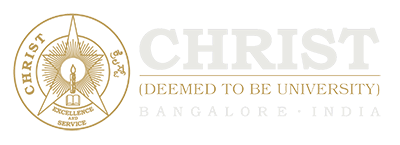| Abstract * |
: |
ESA’s Solar Orbiter[1] is scheduled for launch in February 2020, and will explore the heliosphere from distances as close as 0.28 AU from the Sun up to 1 AU. Over the course of the mission, the highly elliptical orbit will get progressively more inclined to the Ecliptic plane in order to provide the first ever images of both solar poles. Solar Orbiter will provide landmark new views of a star, up-close, often observing the polar regions, while measuring the coupling of solar phenomena and features to the relatively pristine solar wind that it measures in situ.
The unique orbit of the spacecraft and the arrangement and composition of its scientific payload make it very complementary to the existing fleet of solar observatories and probes measuring the heliosphere in-situ. On the other hand, both orbit and payload also impose unique constraints on how scientific operations can be conducted. These operations involve long- to very short-term planning in carefully arranged steps, which have much more in common with planetary-encounter missions than preceding heliophysics missions.
In this presentation, we explain the details of how science observations will be planned, coordinated and conducted, often very far from Earth, and how data from the mission will be returned and distributed. We also focus on the high value of coordinated observations with other missions and ground observatories, and in particular IRIS.
[1] D. Müller, R.G. Marsden, O.C. St. Cyr, H.R. Gilbert, Solar Physics, 285 (1-2), 2013, 25-70 |




